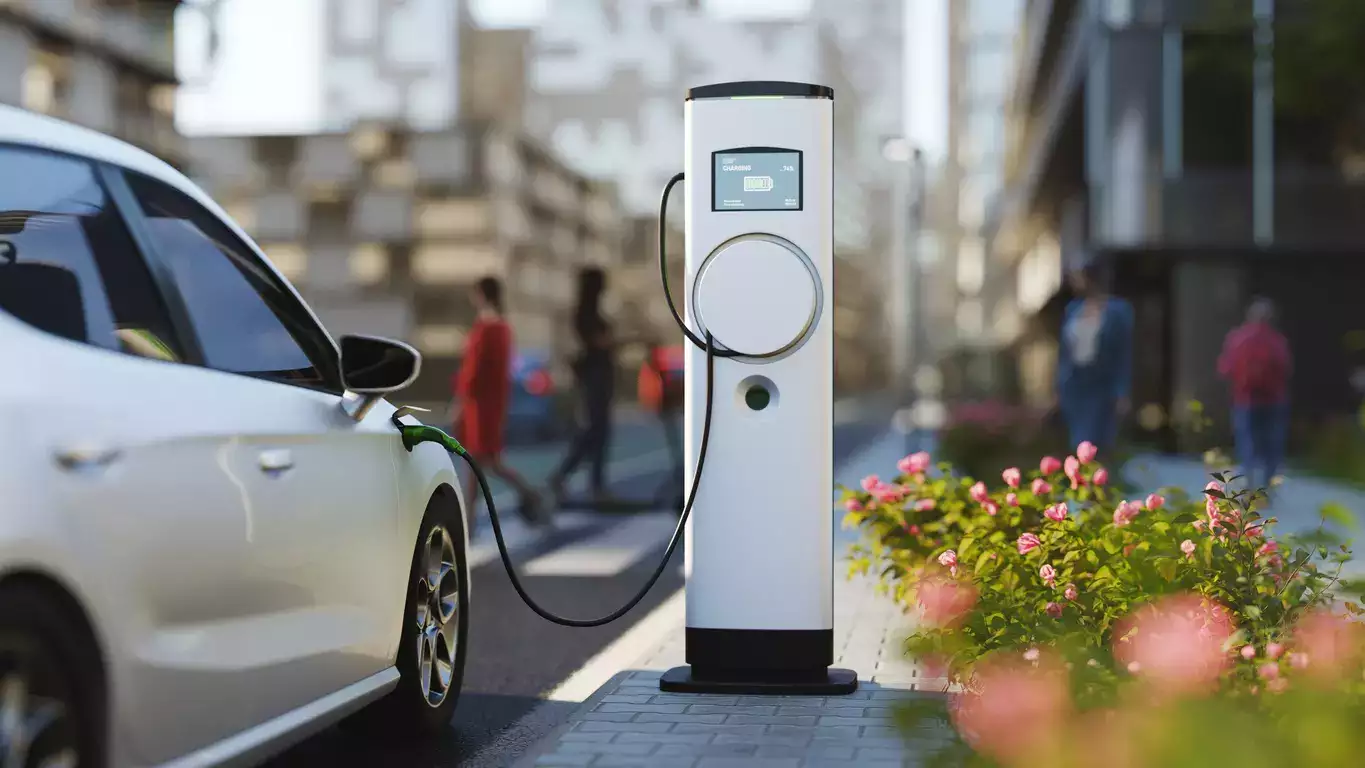Experts call for public-private investment to accelerate EV infrastructure

The proposed PM e-Drive scheme, which aims to promote public EV charging stations (EVPCS), was a key topic of discussion. The scheme, with a ₹2,000 crore allocation, plans to install 22,100 fast chargers for e-four-wheelers, 1,800 for e-buses, and 48,400 for e-two-wheelers and e-three-wheelers. Debi Prasad Dash, President of IESA, said, “The ministry is working on state-wise demand allocation and aligning central and state government schemes to optimize deployment.”
Experts, however, raised concerns about the adequacy of the funding. Awadhesh Jha, Executive Director of GLIDA, said, “The ₹2,000 crore allocation is insufficient to scale up public charging infrastructure. Allocating funds to improve the electricity distribution network and enabling plug-and-play infrastructure for charge point operators could yield better results.”
The estimated investment required to meet India’s EV infrastructure needs ranges between $20 billion to $50 billion, according to Vinayak Walimbe, Managing Director of CES India. He emphasized the importance of bridging this gap through collaborative efforts between public and private stakeholders.
The summit also addressed challenges related to power supply reliability. Shiraz Khanna, CFO of Exicom, noted, “Improving transformer and grid infrastructure is essential for expanding EV adoption beyond urban areas into rural regions.”
To achieve the government’s target of 30% EV adoption by 2030, industry leaders called for a reduction in custom duties, GST, and taxes on imported EV components, alongside investments in local R&D and battery technology. This, they said, would lower costs, support local manufacturing, and generate employment.
The government’s MAHA program under the ANRF was also highlighted as a step toward enhancing indigenous R&D in charging infrastructure. As the EV sector grows, the role of distribution companies (DISCOMs) in ensuring reliable electricity supply will be critical to supporting the sector’s expansion.
The summit concluded with a call for a unified approach to accelerate EV adoption, emphasizing strategic investments in fast-charging infrastructure and electricity grid upgrades. With the right policies and investments, India can build a sustainable EV ecosystem that supports its green mobility goals while fostering economic growth.

